This piece first appeared in CityLab on October 27, 2017
Since the end of August, more than half a million Rohingya, a predominantly Muslim minority in Burma (Myanmar), have fled violence in that country and crossed the border into Bangladesh in what the United Nations is calling the fastest-growing refugee crisis in the world today. Meanwhile, millions of Syrian and Iraqi refugees displaced by civil war continue to be dispersed to towns and cities throughout the region and in Europe.
Against this backdrop, UN High Commissioner for Refugees Filippo Grandi spoke last month during the General Assembly in New York to talk about a new approach for dealing with refugees, one in which those forced to flee their homes are integrated more permanently into urban areas rather than isolated in camps. “Inclusion is the name of the game,” Grandi said. Under this new model, “Cities are frontline players in dealing with refugees.”
It’s an important truth: Local authorities are critical to addressing the needs of the displaced.
Today, roughly 60 percent of the world’s 22 million refugees reside in cities rather than in camps, according to UNHCR. Internally displaced people also tend to make their way to urban areas.
In addition, many of the elements critical to an effective emergency response, as well as to long-term integration, are designed, delivered, and financed at the local level. Those elements include housing, healthcare, education, skills training, and social services of every sort.
This is important because displacement is not getting just more urban in nature—it’s increasingly prolonged.
During the early 1990s, the average length of displacement was nine years. Today, it is roughly twenty. At the end of last year, more than 11 million refugees—two-thirds of the global total—were in a protracted situation. Taken together, these shifts have caused a profound change in the protection needs of the displaced.
Sustainable interventions build on existing city systems and take into account the needs of the entire community, including host populations. Local authorities are uniquely positioned to contribute to that effort. For that reason, the humanitarian community should engage them in discussions on policy and operations.
Fortunately, Grandi also indicated in New York that the agency he heads is prepared to do so: “UNHCR is ready to step up its engagement with mayors around the world.”
That’s welcome news, especially since UNHCR has an opportunity to make good on that commitment through the process of drawing up a new global agreement on refugees, now underway. Launched a year ago, when world leaders convened the Summit for Refugees and Migrants, it will conclude at their annual meeting one year from now.
In the year that remains, more should be done to engage local leaders in the negotiation process. Here are a few ideas, which we submitted to UNHCR last week, together with the International Rescue Committee and 100 Resilient Cities—Pioneered by the Rockefeller Foundation, for how that might happen.
First, cities need a seat at the table. In particular, local authorities should be given an opportunity to contribute to, and then provide feedback on the draft of the Global Compact on Refugees that UNHCR has committed to prepare by February 2018. This feedback process could take place alongside the process of formal consultations, which is set to take place between February and July of next year.
Second, UNHCR should incorporate towns and cities with sizeable refugee populations into the testing and development of its new approach. The Comprehensive Refugee Response Framework (CRRF) will be rolled out in eleven countries. In those settings, it appears that camp-based or rural refugee populations predominate. As a result, findings from the pilots may not be fully relevant to addressing today’s reality: a majority of refugees reside in towns and cities. That should change.
Third, UNHCR should encourage UN Member States to engage in meaningful collaboration with municipal authorities by facilitating the flow of technical expertise and resources to towns and cities, creating a formal consultation mechanism between city leaders and other decision-makers, and by disentangling financial flows to enable much needed resources to reach local practitioners.
Finally, the international humanitarian community should develop ways to source innovative approaches to refugee integration directly from cities. Capturing good practices, then sharing them widely, could speed the replication and scaling of proven solutions.
As the crisis in Syria lingers and another erupts in Burma and Bangladesh, implementing policies and practices that meet the needs of refugees is imperative. With a growing number of the displaced turning to cities for safety, municipal leaders need to participate in the relevant global discussions—including those taking place over the course of the next year. UNHCR has said it is willing to engage city authorities. We are committed to helping the agency to implement that vision.
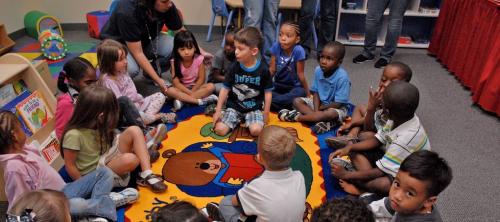
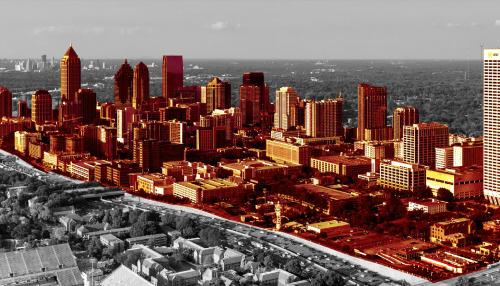

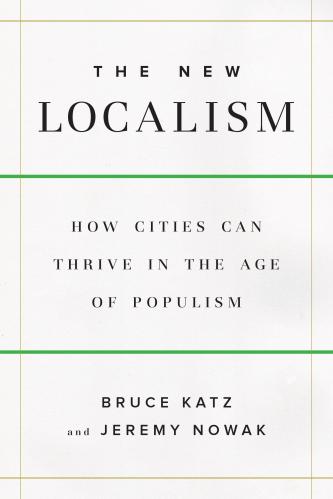

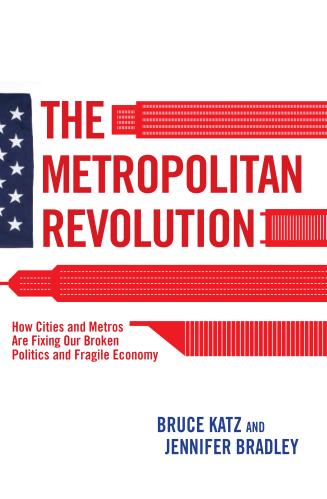
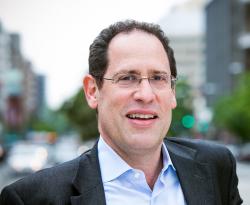

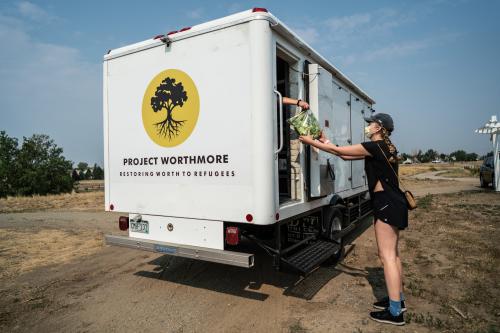
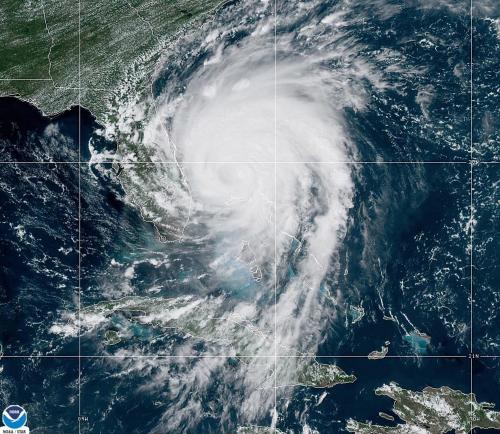
Commentary
The refugee crisis is a city crisis
World leaders are negotiating a global compact on refugees. Urban leaders need a seat at that table
November 3, 2017